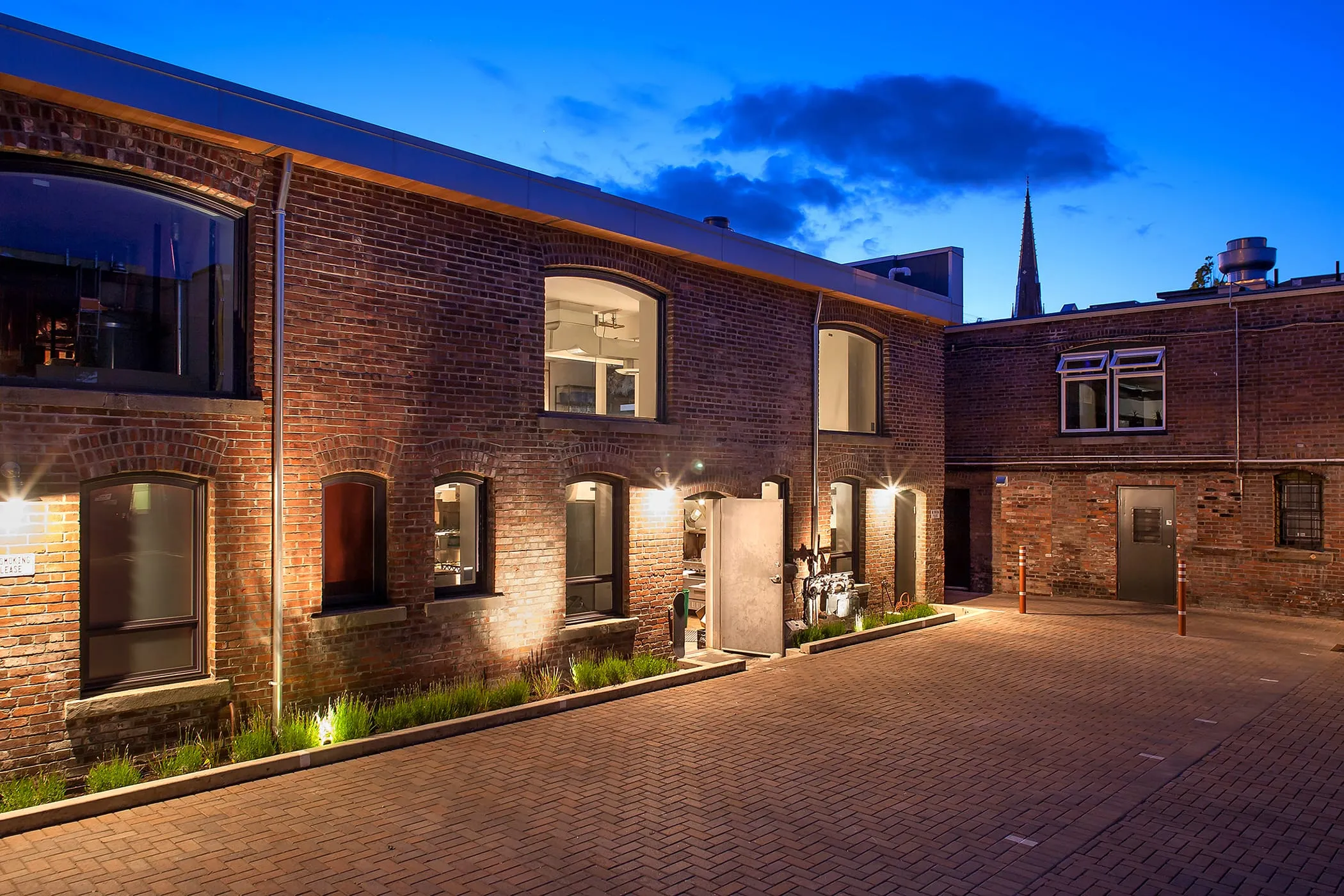
Enclosure is defined by constructing buildings to the very edge of the property, rather than being built from the middle outward. This allows for not only multiple buildings to be built on the same section of land, but also gives the opportunity for the space in the middle to be left open.
When neighbouring plots of land are built in this fashion, streets are created automatically in the spaces between the exteriors of the buildings which aren't being used. The creation of a courtyard is a highlight of using enclosed spaces.
Enclosure is an important topic when comparing the Fort Common to Torvehallerne. Both exhibit elements of enclosed space, and their courtyards act at the main space of activity.

By definition, the Fort Common is a courtyard.
There are two entrances into the space from the South and West, which are created through the buildings which enclose the courtyard. This design choice could be compared to Gehl's suggestion that enclosed spaces automatically make use out of the empty space they automatically create. By surrounding the courtyard, entrances are naturally created. Although these entrances could be a way for unwanted sound to intrude on the space, this issue is averted by having the entrances closed off with doors, decreasing sound pollution considerably.
Torvehallerne presents a different experience.
Although still exemplifying the attributes of an enclosed space, Torvehallerne does not follow Gehl’s rules of enclosure as closely as the Fort Common does. As previously stated, Torvehallerne is a far larger space than the Fort Common . It also shares a courtyard with Israel Plads, a large cement park on the South side of the Courtyard, in which they are separated by a small walkway. The North end is open to a two way street, which leads into Norreport station. These factors in combination means that it is harder to prevent noise pollution.
Due to its size, there is the possibility for more variety in their space, and the permanent buildings in the courtyard do not take away from the space itself. The shops in the permanent buildings are key tenants with extended contracts, whereas the shops and market set up outside are temporary, and therefore are housed in removable tents. This means that there is the availability of open space when the market closes for the day.

Fort Common follows Jan Gehl's rules for enclosure more accurately.
However, that does not mean it is necessarily a better space. Torvehallerne has the advantage of being designed within a Scandinavian city. Although it does not follow Gehl’s rules entirely accurately, it is surrounded by properties which do.
Our next post comparing these community spaces delves into Jan Gehl's second design principle: making walking a priority. We hope you'll join us again in discussion.





